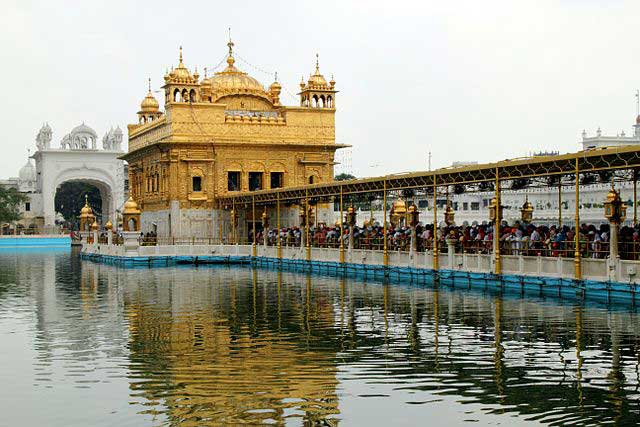
Punjab, the gorgeous state of rivers, and one of the best in architecture and culture is bordered by Himachal, J&K, and Haryana. Punjab has been known as ‘Sapt Sindhu’ in ancient lore, which means seven sacred rivers. Housing the Golden Temple, or Harmandir Sahib, this state boasts of a vast Punjabi culture, with the majority of Sikh population in India. Not only does this state have a great history and heritage, but it is also rich in its own cultures and traditions, ones which never fail to fascinate people.
So let’s take a look at a few amazing places that you can visit in Punjab.
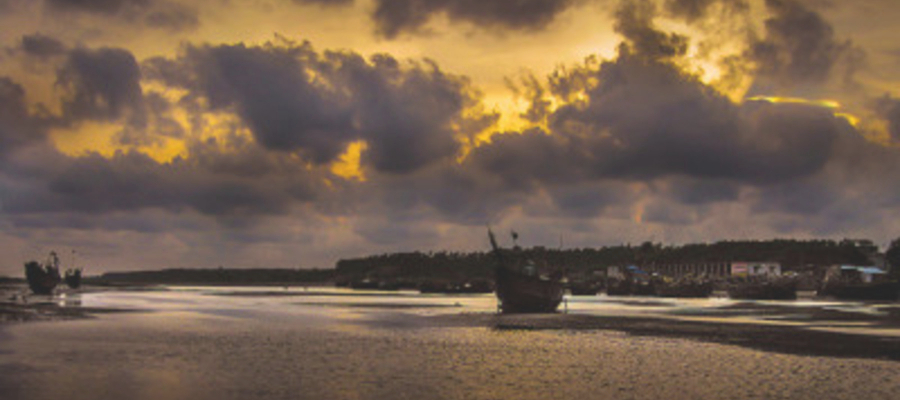
The article was originally submitted by Rohit Agarwal, an architecture who loves exploring new places.
1. Dakshineswar & Kali Ghat
Photo by shankar s., CC BY 2.0
Dakshineswar is one of the most popular pilgrimage centres for Hindus. The town is located in the proximity to the city of Kolkata. Here you can find Kali temple, one of the many temples in the compound situated on the banks of the Hooghly river. There is also Kali Ghat in the temple which are the steps leading to the river. In the same complex, there are 12 Shiva Shrines, Radha Gobinda temple and the place where Ramakrishna Paramahamsa stayed for several years. Nature and bird lovers can arrive in the morning hours to see thousands of Pigeons being fed by bird feeders. After that, if they plan to visit Belur Math (another close-by place), they can take a boat ride from Dakshineswar.
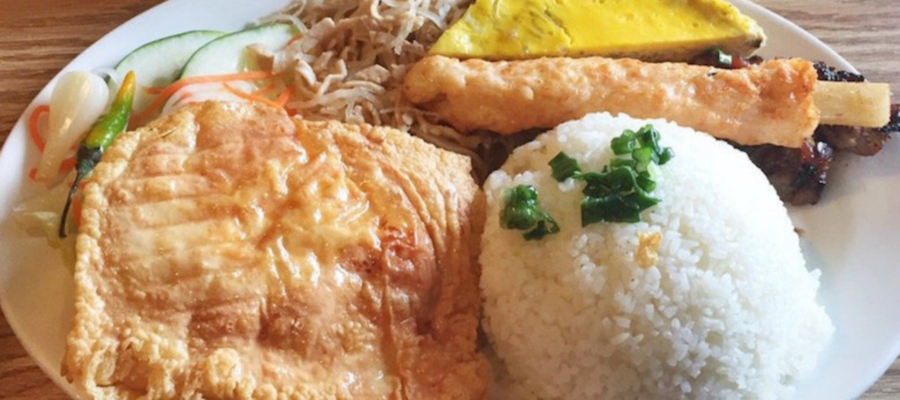
Originally submitted by Tam Vu, a foodie who knows the best places to eat the best Vietnamese food in San Jose and surrounding cities.
After many years blogging about my traveling, I realized I rarely if not at all wrote about Vietnam. I guess, I consider traveling as visiting/knowing some place/thing new and different. While I crave and rant about the most mundane things happening the other cultures, I don’t find it’s worth to talk about what going on where I am. You may feel the same.
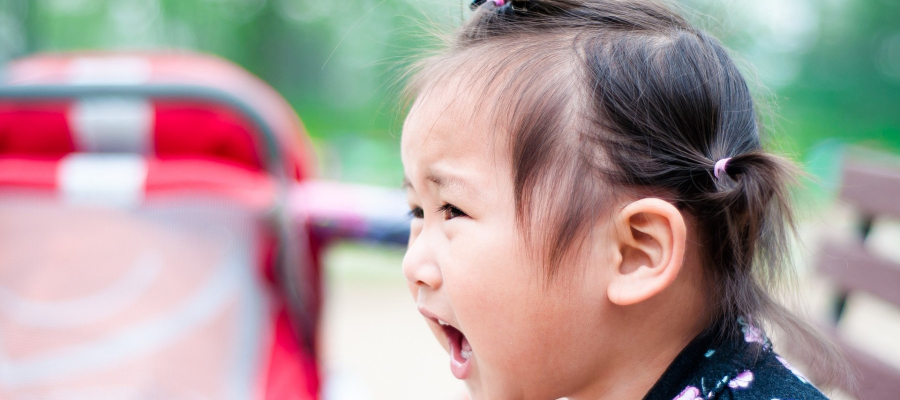
Recently I’ve been reading a couple of articles telling me how to piss of Czechs and Australians. I bet there is a lot more on pissing off rest of the world. In an attempt to contribute more hatred to society, I will show you how to piss off Vietnamese.

I got a lot of “Do you eat dog?” or “You guys eat a lot of dogs.” Sometimes I said, “But not as much as you eat beef.” Then they would say “But beef is meat, dogs are pets.” To that, I retorted “You make them pets, not us.” If they are Czechs or Slovaks I would call them on their merciless practice of slapping dead rabbits, roasting these cute little bunnies and mixing them with their pride national dumpling meals. “And you dare calling us dog eater, bunny killer!”

CNN ranked Singaporeans as the 2nd coolest nationality. Maybe because are the only Asians whose English is their first language, thus can easily chat up with foreign travelers and CNN reporters about how cool Singaporeans are.
Given my traveling preference, I should find ‘unauthentic’ Singapore utterly boring with its super clean, over polish images and ubiquitous ads claiming to the best, the only, the largest, the first in every category. Strangely though I grew to like this “snobbish” little child-turn-giant. Singapore didn’t look nor behaved like my view of an Asian country and Asian people.
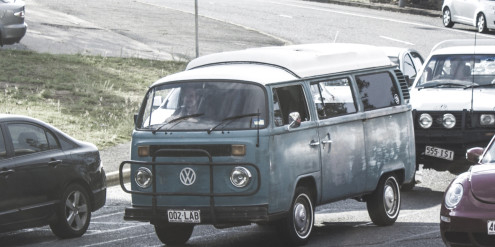

Everybody said that I was traveling the world. I think not. Traveling the world, to me, is bumping from one place to another, crossing continents and visiting at many countries as possible, many of which were randomly selected.
I’m not traveling the world as I am going home, a long way home in deed. The 1st home means where I came from before, and where my parents lived. The last home is where I live now. And if it worked out and I crossed to Vietnam from China, the title would be “Home, Home and Home.” It takes so long because I wanted go overland as much as possible. If I had more time, instead of flying in and out of Australia, I would to do it by ships.
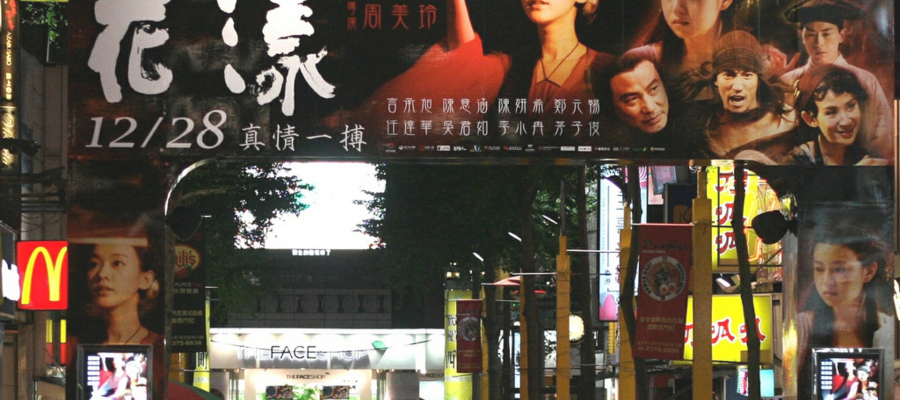
I had an 18-hour stop-over in Taipei, not long to do anything interesting but long enough to get claustrophobic and airplane phobia if I stayed and spent my day in the lounge and listened to flight departure calls.
I arrived at 5 in the morning and wouldn’t leave for San Francisco until 23:00. These days I traveled with a much slower pace, like seeing a couple of sights versus gazillions of them in a single day. Now all I want is to find a nice, cozy little place and sit.
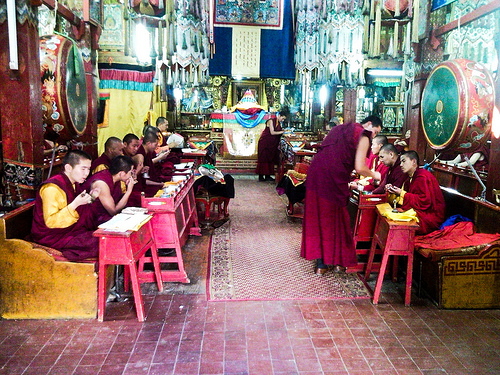
When I planned my 6-month off, the second destination (the first was Siberia) I wanted to be was Tibet. I concocted a plan how I would spend a month or perhaps two there, roaming the highland, staying with local Tibetans, tended goats or sheep, then trekking to North India. Yeah you can tell this plan has the smell of Brad Pitt’s Seven Years in Tibet all over it. But more than just a pure adventure, I wanted to be in this deeply spiritual and religious land to relearn Buddhism.
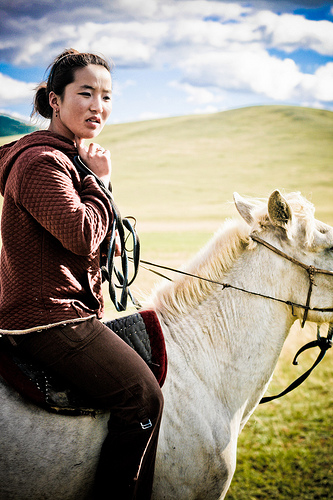
Half of the story behind the Great Walls of China isn’t in China. Even when you have a very good tour guide, read lots of books and watch lots of films, you still get half of the story. To fully understand and visualize the origin of this wonder of the world, you need to go to the other side and meet the descendants of the people who once terrorized not only China but also half of the world.
I visited Mongolia in the 21st the century, the era under rapid urbanization and unprecedented development and progress in technology, yet I felt like walking in the past: people wearing traditional costumes, herding their animals on horseback, living in tents and moving about with their animals.
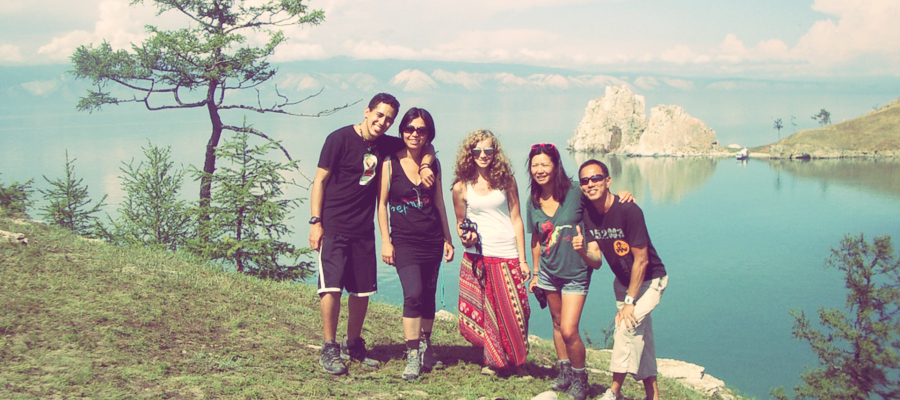
When I thought of Siberia, I remembered concentration camps, snowy winters and lots of unhappy Russians. Never once I imagined sandy beaches, scorching summers, and a load of happy tourists at Baikal, the oldest and deepest lake in the world.
I usually preferred a more authentic, off-tourist destination. However, I can’t recommend enough the tourist-trap Olkhon Island, the largest island in the middle of Baikal, a popular base for travelers to get lost in the tranquility and wide-open space.